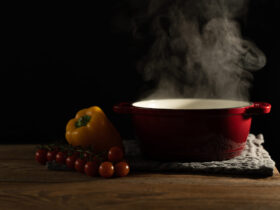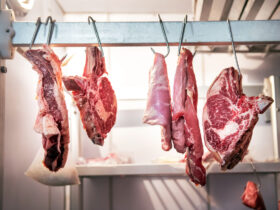Understanding Celery
When we mention “Sellerle,” we’re referring to knob celery, which differs from leaf celery, typically found among leafy greens.
Recognizing Quality
Aging knob celery may develop a soft and spongy texture inside, noticeable when held as it feels relatively light.

Shelf Life
Knob celery can be stored for several months, making it a convenient staple in the kitchen. However, it’s not suitable for freezing in its raw state.
Preparation Tips
Cleaning is essential before preparing knob celery. Peeling is necessary, especially in the lower root area where the peel tends to be more irregular. It’s best to be generous with peeling in this area to ensure thorough cleaning.
Utilizing Leaves
The leaves of knob celery can be used to enhance dishes, providing a robust flavor. However, their intensity should be considered when incorporating them into recipes.

Puree
Knob celery contains starch, making it suitable for pureeing. To avoid a gummy texture in the puree, it’s recommended not to over-puree or use electric blending for too long. Knob celery puree offers a deliciously intense flavor, often complemented by mixing it with mashed potatoes.
Cooking Techniques:
One popular classic dish featuring knob celery is the “Sellerleschnitzel.” To prepare this dish, blanch knob celery slices, coat them with breadcrumbs, and fry until golden brown. This simple yet flavorful dish highlights the unique taste and texture of knob celery.
Conclusion:
Celery, particularly knob celery or “Sellerle,” is a versatile vegetable that deserves a place in every kitchen. Whether you’re using it for soups, salads, purees, or classic dishes like Sellerleschnitzel, its distinct flavor and nutritional benefits shine through. By following these tips for selection, preparation, and cooking, you can unlock the full potential of celery and elevate your culinary creations to new heights.














Leave a Reply
View Comments